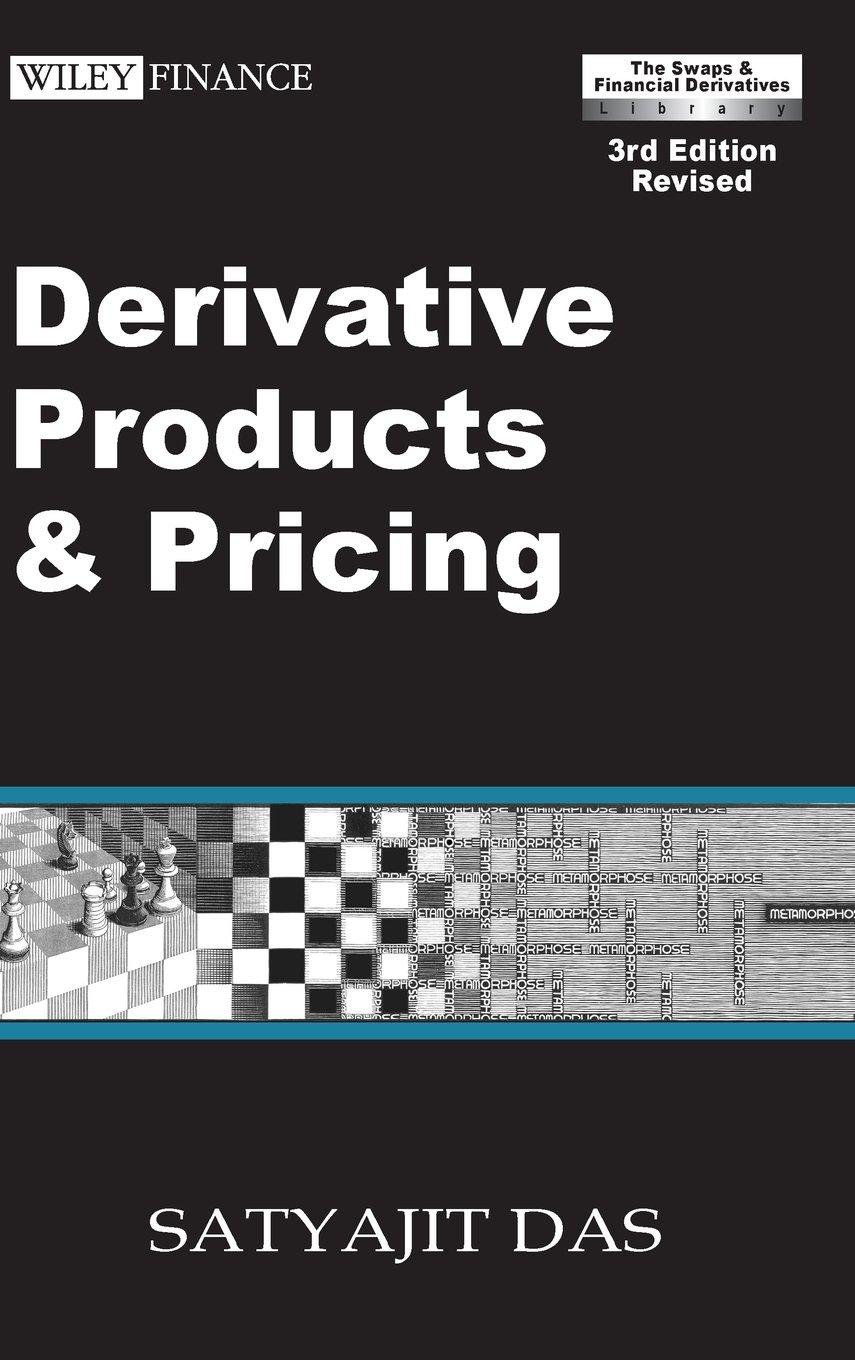Question
Question 29 An opportunity cost: A. Is an unavoidable cost because it remains the same regardless of the alternative chosen. B. Requires a current outlay
Question 29 An opportunity cost: A. Is an unavoidable cost because it remains the same regardless of the alternative chosen. B. Requires a current outlay of cash. C. Results from past managerial decisions. D. Is the potential benefit lost by choosing a specific alternative course of action among two or more. E. Is irrelevant in decision making because it occurred in the past.
Question 30 A cost that cannot be avoided or changed because it arises from a past decision, and is irrelevant to future decisions, is called a(n): A. Uncontrollable cost. B. Incremental cost. C. Opportunity cost. D. Out-of-pocket cost. E. Sunk cost.
Question 31 A company paid $200,000 ten years ago for a specialized machine that has no salvage value and is being depreciated at the rate of $10,000 per year. The company is considering using the machine in a new project that will have incremental revenues of $28,000 per year and annual cash expenses of $20,000. In analyzing the new project, the $200,000 original cost of the machine is an example of a(n): A. Incremental cost. B. Opportunity cost. C. Variable cost. D. Sunk cost. E. Out-of-pocket cost.
Question 32 Listmann Corp. processes four different products that can either be sold as is or processed further. Listed below are sales and additional cost data: Product Sales Value with no further Processing Additional Processing Costs Sales Value after further processing Premier $1,350 $900 $2,700 Deluxe 450 225 630 Super 900 450 1,800 Basic 90 45 180 Which product(s) should not be processed further? A. Premier. B. Deluxe. C. Super. D. Basic. E. Premier and Basic.
Question 33 Bluebird Mfg. has received a special one-time order for 15,000 bird feeders at $3 per unit. Bluebird currently produces and sells 75,000 units at $7.00 each. This level represents 80% of its capacity. Production costs for these units are $3.50 per unit, which includes $2.25 variable cost and $1.25 fixed cost. If Bluebird accepts this additional business, the effect on net income will be: A. $45,000 increase. B. $11,250 increase. C. $33,750 increase. D. $7,500 decrease. E. $33,750 decrease.
Question 34 Bannister Co. is thinking about having one of its products manufactured by a subcontractor. Currently, the cost of manufacturing 1,000 units follows: Direct material $45,000 Direct labor 30,000 Factory overhead (30% is variable) 98,000 If Bannister can buy 1,000 units from a subcontractor for $100,000, it should: A. Make the product because current factory overhead is less than $100,000. B. Make the product because the cost of direct material plus direct labor of manufacturing is less than $100,000. C. Buy the product because the total incremental costs of manufacturing are greater than $100,000. D. Buy the product because total fixed and variable manufacturing costs are greater than $100,000. E. Make the product because factory overhead is a sunk cost.
Question 35 Granfield Company has a piece of manufacturing equipment with a book value of $40,000 and a remaining useful life of four years. At the end of the four years the equipment will have a zero salvage value. The market value of the equipment is currently $22,000. Granfield can purchase a new machine for $120,000 and receive $22,000 in return for trading in its old machine. The new machine will reduce variable manufacturing costs by $19,000 per year over the four-year life of the new machine. The total increase or decrease in net income by replacing the current machine with the new machine (ignoring the time value of money) is: A. $22,000 decrease B. $76,000 increase C. $18,000 decrease D. $52,000 increase E. $22,000 increase
Question 36 A company has already incurred a $55,000 cost in partially producing its three products. Their selling prices when partially and fully processed are shown in the following table with the additional costs necessary to finish their processing. Based on this information, should any products be processed further? Product Unfinished Selling Price Finished Selling Price Further Processing Costs A $72 $108 $35 B 83 124 42 C 94 141 45 A. All of these products should be processed further. B. None of these products should be processed further. C. Products A and B should be processed further. D. Products B and C should be processed further. E. Products A and C should be processed further.
Question 37 Wheeler Company can produce a product that incurs the following costs per unit: direct materials, $10; direct labor, $24, and overhead, $16. An outside supplier has offered to sell the product to Axle for $45. If Wheeler buys from the supplier, it will still incur 45% of its overhead cost. Compute the net incremental cost or savings of buying. A. $4.00 savings per unit. B. $4.00 cost per unit. C. $2.20 cost per unit. D. $3.80 cost per unit. E. $2.20 savings per unit.
Question 38 An additional cost incurred only if a company pursues a particular course of action is a(n): A. Period cost. B. Pocket cost. C. Discount cost. D. Incremental cost. E. Sunk cost.
Step by Step Solution
There are 3 Steps involved in it
Step: 1

Get Instant Access to Expert-Tailored Solutions
See step-by-step solutions with expert insights and AI powered tools for academic success
Step: 2

Step: 3

Ace Your Homework with AI
Get the answers you need in no time with our AI-driven, step-by-step assistance
Get Started


